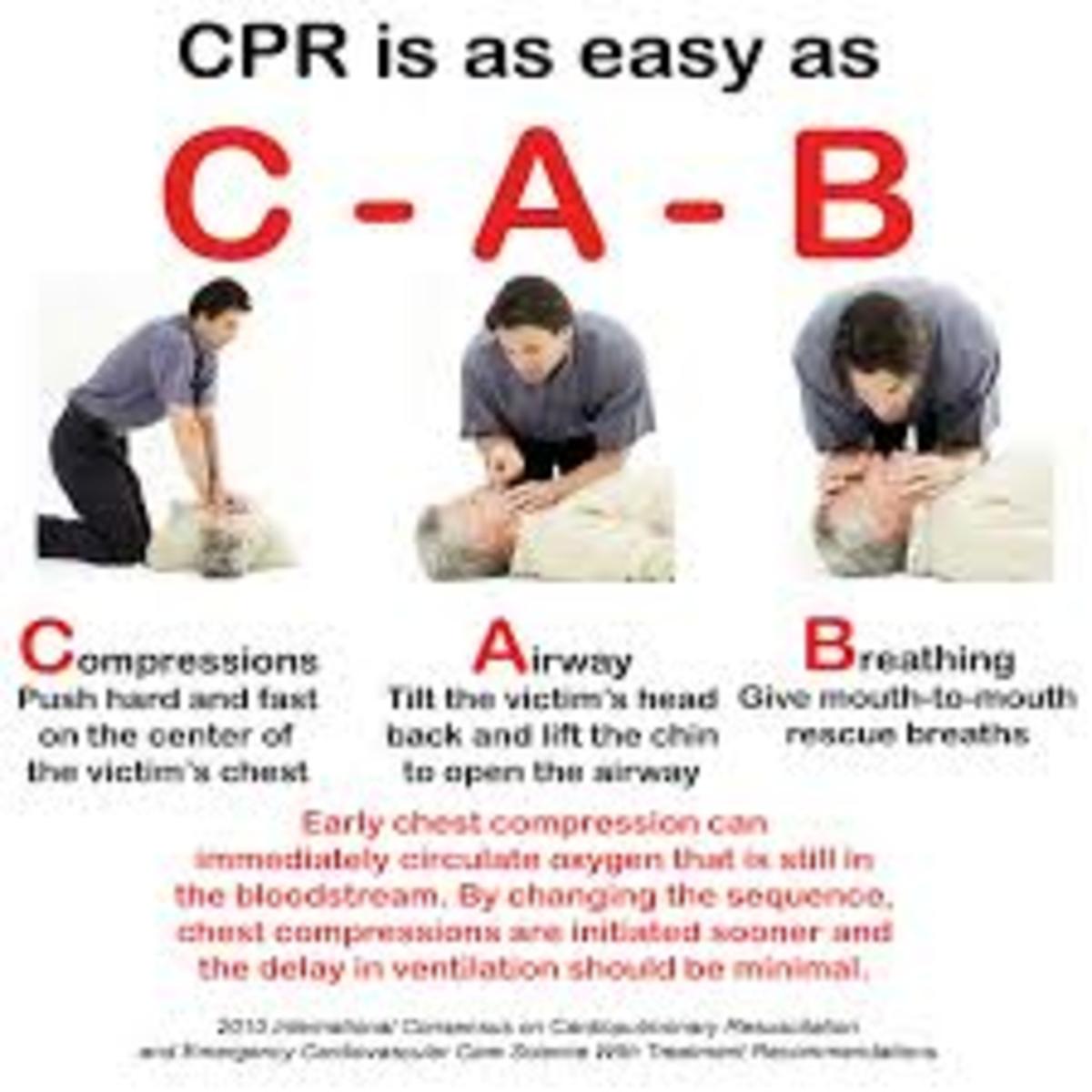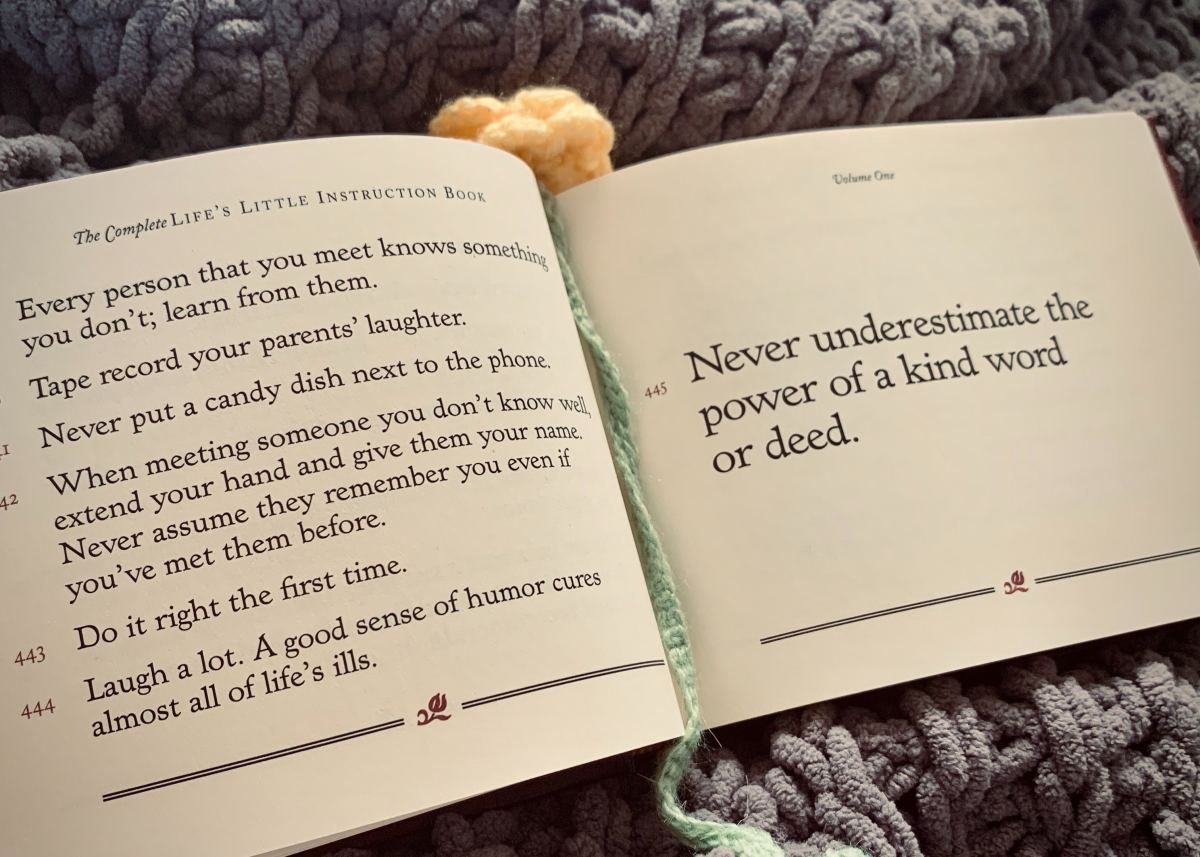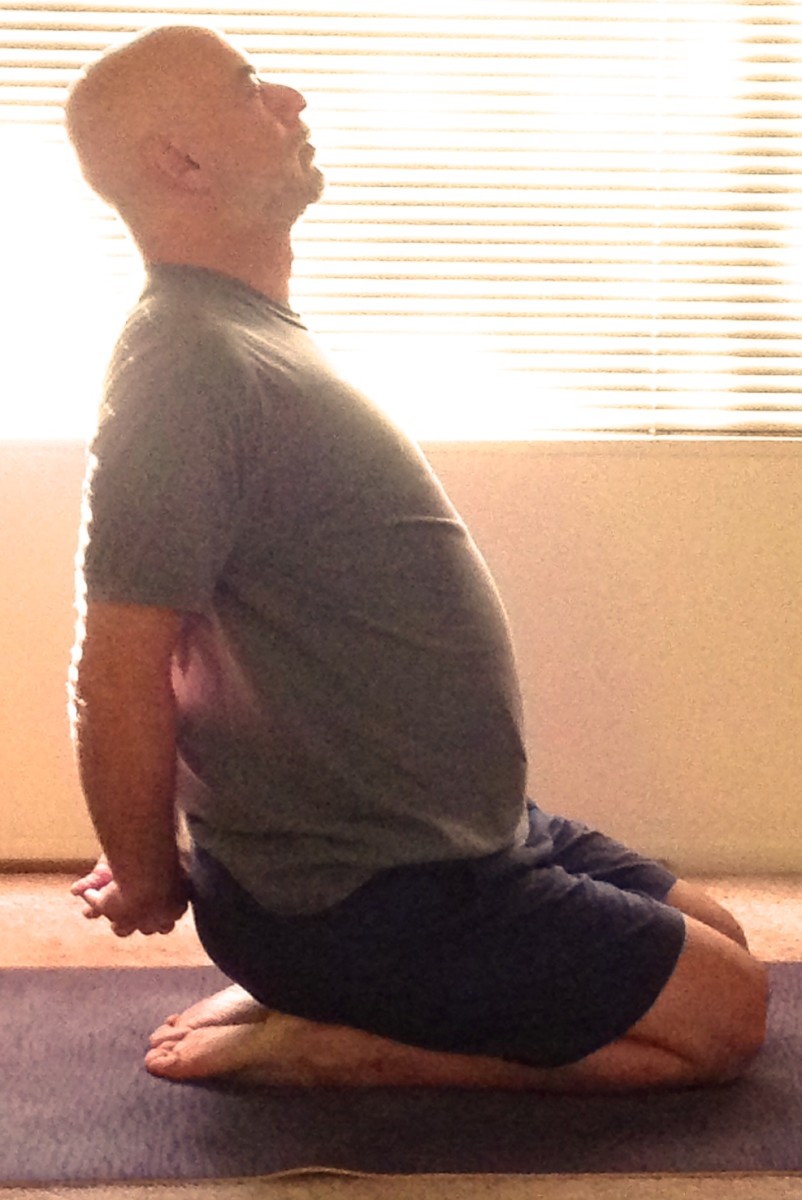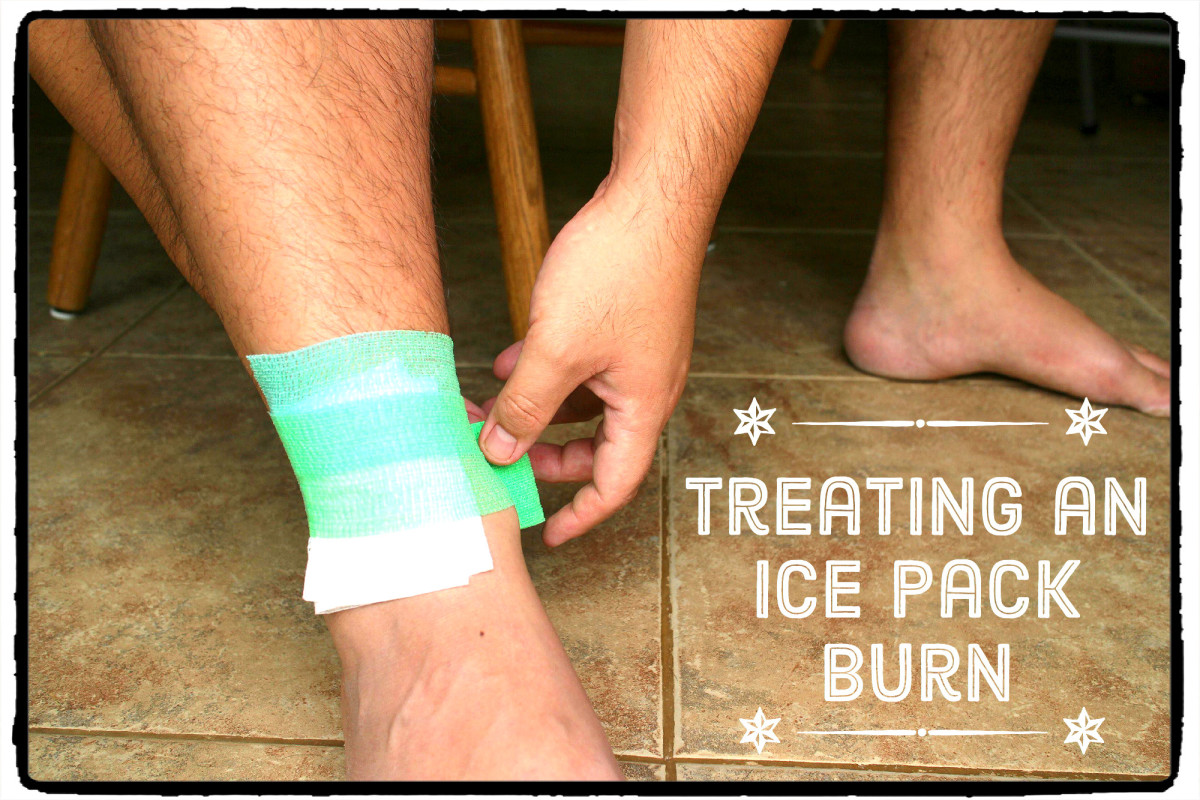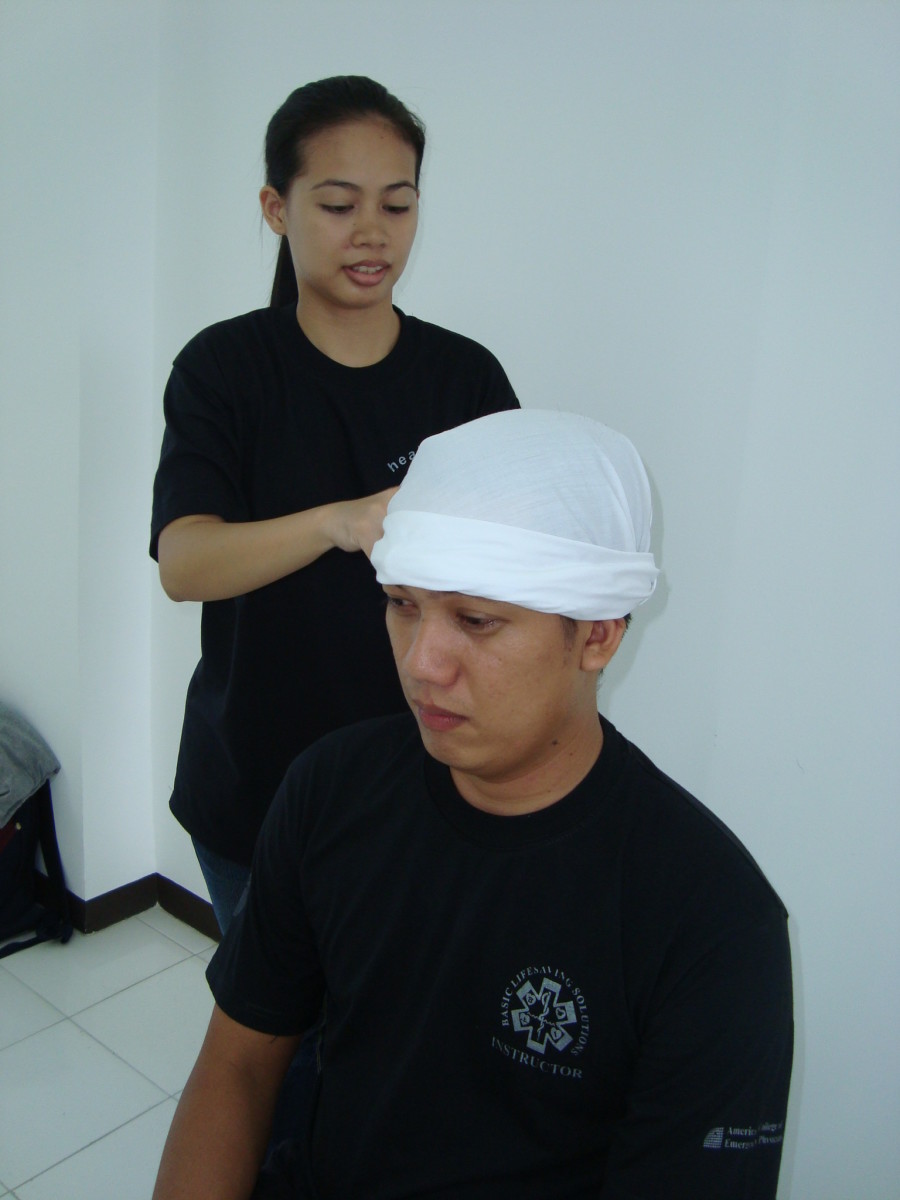Cardiopulmonary Resuscitation Or CPR ~ Doing Something Is Better Than Doing Nothing
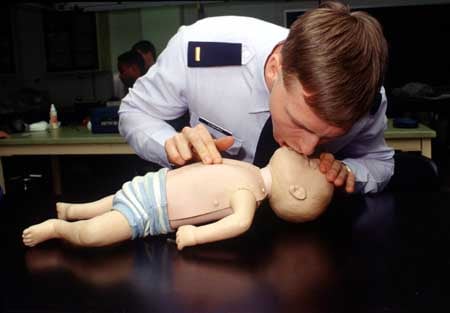
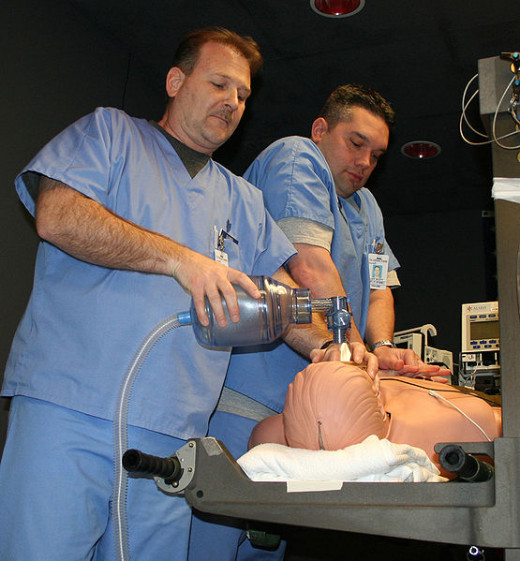
When A Life Is At Risk, Doing Something Is Better Than Doing Nothing ~
In case you're ever in the room when someone (God forbid) collapses and stops breathing, what would you do? Have you ever thought about it? Recently I came across some information that if you at least try something in this case, that is a lot better than standing by and doing nothing. Unfortunately, some people do freeze up and become afraid to even try anything.
One thing that has kept people from helping in the past is that feeling of "I don't know what to do!" Or "I don't remember how many breaths I should do compared to the number of chest compressions," so they freeze up and simply do nothing.
Did you know that there are laminated CPR cards you can buy to put in your wallet? They give you the information you would need to help you remember what to do if you ever needed to do Cardio-Pulminary Resuscitation, otherwise known as CPR.
These cards are available online, and could potentially be helpful in an emergency situation. They are also sometimes referred to as "CPR Crib cards" (probably a reference to "crib" notes that students sometimes use in school when they need help remembering something).
And something else I learned, there are also Apps for iPhones and other types of smart phones that you could download and refer to as well. The only thing with those is that they come with a disclaimer saying that they're not meant for an emergency help situation, they are meant to help those learning to do CPR in a class or in another type of learning situation.
Another fear that people often have that prevents them from helping out in an emergency is the fear of getting involved. And in some cases, there is even a fear that "if I mess up, I could get sued." The fact is that in all states of the United States and also in many other countries, there are Good Samaritan laws to help protect rescuers who act in good faith and who make a genuine effort to help the person in need. This means to use common sense, and to think before you act.
If the person has just been in an accident for example, sometimes moving them while they are still conscious and breathing, just to move them away from the scene can potentially get you into trouble. Moving them could cause them further injury or more severe injury. So, always use common sense when you attempt to help someone.
The Good Samaritan laws are meant to protect those who act simply in good faith, just for the purpose of saving the person's life. If a rib is broken or the person is otherwise injured, these laws do give you protection. If you are doing CPR as a course of your job, however, it needs to be done properly to prevent a lawsuit later. But if you are simply doing it out of the kindness of your heart, without compensation and because of the feeling that "this is probably someone's Grandma or Grandpa, I have to try something." In that case you'll probably be OK.
Doing Something Is Better Than Doing Nothing ~
I read recently that when an emergency happens, it's better to at least try to help the person than to do nothing at all. In fact, for every minute that goes by without the person breathing and their heart NOT beating, their brain and vital organs are being deprived of crucial oxygen and ... I sure wasn't aware of this... for every MINUTE that goes by, the person's potential survival rate goes down by ten percent (10 %).
This means that if five minutes go by where the person is not breathing and their heart has stopped, their chance of survival goes down by 50% (you read that right, the survival chance goes down by fifty-percent!) That is huge! And generally it probably will take five minutes or more for emergency help to arrive.
Today, the new way of thinking when it comes to CPR, especially in the case of an adult who has collapsed, most likely due to a cardiac event, the best type of CPR you can do is known as compression-only CPR. This means doing chest compressions only, and skipping the rescue breathing portion of CPR.
The recommended way to do this is to ONLY do the chest compressions, and do about 100 compressions per minute, with no rescue breathing. This might even be more effective than traditional CPR in these cases, and it is the new recommended way.
This way, you do NOT even have to ask yourself..." now how many breaths do I use, and then how many chest compressions?" It simplifies the entire process for you, while still being very helpful to the victim.
The first thing to do is to call 911, or if someone is with you, have them call 911. Then start doing what you can to help the person.
If you remember about 100 compressions per minute and you will probably be able to help the person. Remember to do the compressions halfway between the nipples, middle of the chest, and try to push down about two inches, and do it fast. A good tip is to keep your arms straight, lock your elbows and use your entire upper body to help you do compressions, this will help so you don't become so tired too quickly. If there are two people there who are both willing to do CPR, it's OK to switch off and take turns. Just position yourselves so you are across from one another with the unconscious person in the middle.
One hundred compressions per minute is a fast rate. One way that is usually helpful to judge about 100 beats per minute is to think of a disco song "Night fever, night fever," "Stayin' Alive" - or something similar, and the beats should be about 100 per minute. You don't have to be exact, just as close as you can get to 100 compressions per minute.
Doing chest compressions alone will help the person's blood to keep moving up to the brain and circulating until professional rescue help can get there. This is always better than doing nothing! Especially if no one else is stepping up to help the person.
Often when a person is having a heart attack, they will be "gasping" for air, this is normal and will help them to get some extra oxygen so when the chest compressions are done, oxygen will still be in the blood. It's more important to do chest compressions in the case of an adult having a heart attack.
In the case of an infant or child, or if the person has stopped breathing and their heart has stopped due to a near drowning, always do traditional CPR along with rescue breathing. And traditional CPR should be done only if you have completed CPR training and are confident in the ability you have. Compression only CPR is best done when you believe the person has had a heart attack.
CPR Using New Guidelines Instituted By The American Heart Institute In 2010
Remember That Steps To Doing CPR Spell C-A-B
If you try to remember that the steps to perform CPR are done by remembering the simple "C-A-B" acronym, you will hopefully be able to remember how to do it. The "C" is for Circulation, the "A" for Airway, and the "B" is breathing.
This means that the first thing to do is to start chest compressions to keep the heart pumping blood up to the brain and to the vital organs. If you are doing compression only CPR, the rate is about 100 compressions per minute.
If you are doing traditional CPR, and you have been properly trained to do it, it is recommended to do 30 compressions, then open the person's airway by lifting their head gently and tilting it back, lift their chin and listen to hear whether they are breathing or not. If you hear no breathing, then you can breathe into their mouth one time. Check to see that the chest rises and falls. If it doesn't, the airway may be obstructed.
In that case, gently feel with your finger to see if you can feel what is obstructing the airway and move it by sweeping it out. If you determine the airway is obstructed and can't reach the object obstructing it, do first aid for choking first to remove the object. If the chest does rise and fall, then you are OK to continue and do another rescue breath.
The sequence is 30 chest compressions, two (2) rescue breaths. Thirty compressions and two breaths are considered to be one cycle. And this sequence is identical for adults and children. In babies and small children, the compression distance on the child's chest should be less than on an adult, only about 1 1/2 inches instead of two inches.
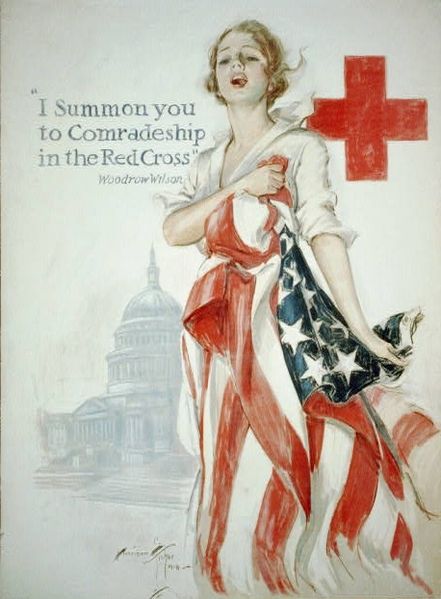
If You Only Remember One Thing From All Of This...
And finally, if you are only able to remember one thing from all of this, remember 100 compressions per minute. That's it! If you determine that the person collapsed most likely from a heart attack, doing compression-only CPR will help to keep that person going long enough until rescue workers are able to get there and take over. And all you need to remember to do it is about 100 compressions per minute.
I hope that you never need to use this, and in a perfect world, we wouldn't ever have a need to know things like CPR. BUT, knowing these simple steps to help someone could very well mean the difference between life and death for a person one day.
The closest medical emergency situation I was ever involved in happened about two years ago. My husband and I had gone to a frozen custard stand to have a treat. A father and daughter were sitting at a table near us. The daughter must have been about seven or eight years old at the time. She began to choke on a maraschino cherry, and her father, thinking very fast and knowing exactly what to do, successfully performed the Heimlich maneuver on her, and she was OK.
That was pretty scary to watch, and I did notice a few people that were pulling out their cell phones "just in case." Fortunately, her father acted very quickly and seemed to know exactly how to help her just when she needed it.
I sincerely hope that you never need this information, but it is good to know it and keep it in the back of your mind "just in case." You just never know, and it is always better to try to do something than to do nothing at all. Life is so precious, and in an emergency, it is worth doing all we can do to help someone to preserve it.
One Place To Find A Wallet Size CPR Instruction Reminder Card



